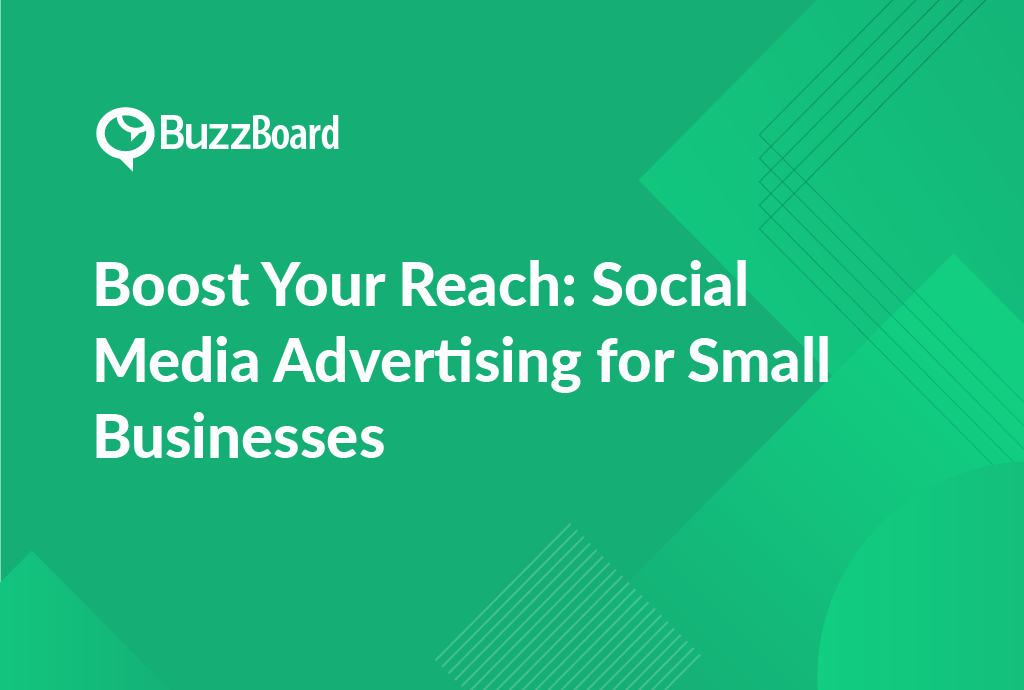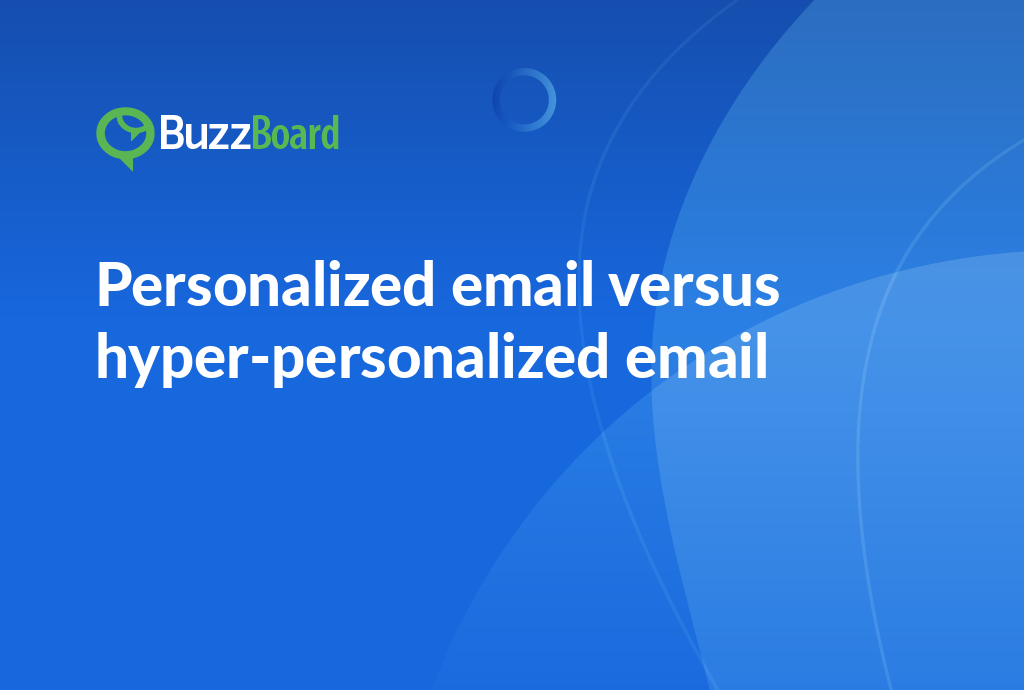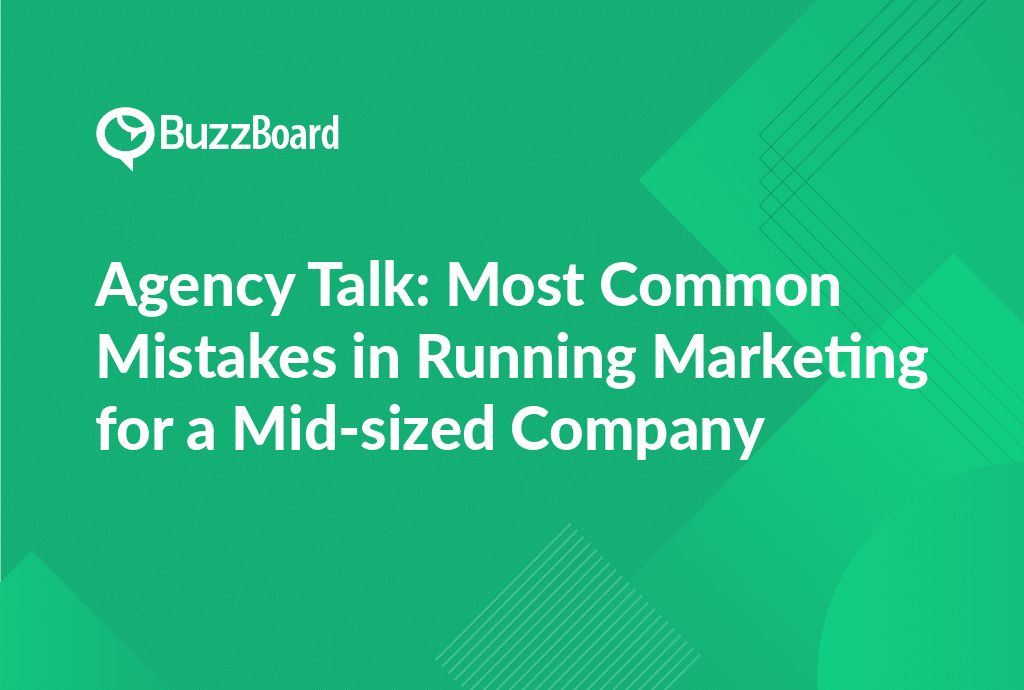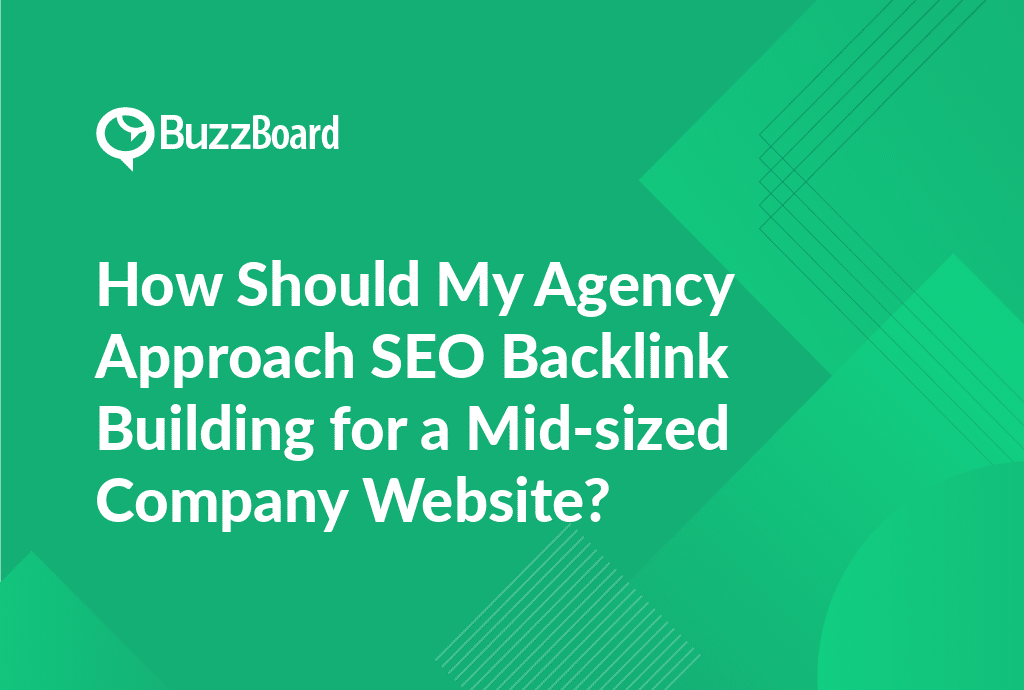Summary
Social media advertising can be a powerful tool for small businesses to reach new customers and grow their brand. However, it’s important to develop a strategic plan to get the most out of your advertising budget. This article outlines the key steps for creating a successful social media advertising campaign for your small business clients.
- The first step is to identify your client’s target audience. Who are you trying to reach with your ads? Once you know your target audience, you can start to develop targeted messages that will resonate with them.
- Next, you need to set clear goals for your campaign. What do you want to achieve with your advertising? Do you want to increase brand awareness, drive website traffic, or generate leads?
- Once you have your goals in mind, you can start to choose the right social media platforms to advertise on. Different platforms cater to different demographics, so it’s important to choose the platforms where your client’s audience is most active.
Finally, you need to create compelling content, ad copy and visuals that will grab attention and get people to click on your posts and your ads
By following these steps, you can create a social media advertising campaign that will help you achieve your client’s business goals.
Introduction to Social Media Advertising for Small Businesses
In the digital era, a solid online presence is critical, particularly for small and local businesses. Social media advertising can drastically impact small businesses, allowing them to communicate with a larger audience without significantly affecting their advertising budget.
Understanding and leveraging the unique strengths of each social media ad platform is key. Facebook, for example, offers extensive demographic targeting options, while LinkedIn is better suited to professionals and B2B markets. Instagram, with its focus on visuals, is perfect for businesses with compelling visual content.
Selecting the appropriate platform is just the first step; it’s also essential to have a defined paid social media strategy. This involves establishing clear objectives, determining your target audience, creating engaging ads, and tracking performance over time.
Budgeting for advertising is equally critical. Small businesses must consider what they can reasonably spend on social media advertising. This budget should align with the potential return on investment and their business objectives.
Utilizing targeted ads can further maximize your advertising budget. By using targeting options, companies can narrow down their audience based on factors, like demographics, location, interests, and more.
In conclusion, social media advertising for small businesses is not only cost-effective but allows for accurate and specific targeting. With a detailed paid social media strategy and careful consideration of ad platforms and budgets, small businesses can make significant strides in the digital marketplace.
Unraveling the Potential of Various Social Media Ad Platforms
Unraveling the potential of social media ad platforms is crucial in today’s digital marketing landscape. Ironically, their utilization is often overlooked among small businesses.
Harnessing the power of social media advertising presents numerous opportunities for small businesses to expand their reach, develop a strong online presence, and ultimately meet sales goals. The main attraction of social media ad platforms lies in their sophisticated targeting options and the ability to implement a successful paid social media strategy with a modest advertising budget.
Platforms, such as Facebook, Instagram, Twitter, and LinkedIn offer millions of active users and a broad spectrum of ad formats. This allows small businesses to provide tailored content to their specific audience—a key element of a successful social media ad strategy. Google’s semantic understanding of topics, via LSI keywords, further enables these businesses to engage the right audience with relevant content.
Indeed, with detailed demographic data and behavioral insights, social media advertising offers unprecedented precision in audience targeting. This, along with the ability to control spending on these platforms, heightens the appeal of this approach to advertising.
Steps to Establish an Effective Paid Social Media Strategy
Creating an effective paid social media strategy is critical in today’s digital-dominant world, particularly when it comes to social media advertising for small businesses. Here are some steps to guide you in leveraging social media’s potential:
Remember to supplement your paid social media strategy with organic posts, and keep in mind, success in the world of social media advertising doesn’t come overnight!
Enhanced Advertising with Efficient Targeting Options
The ever-evolving digital marketing landscape regularly introduces new opportunities for small businesses to expand their reach. One affordable, successful tactic is social media advertising, which allows businesses to connect with a particular audience frequently and with a richness traditional media doesn’t afford.
Numerous social media ad platforms offer broad, efficient targeting options conducive to improved advertising outcomes and return on investment (ROI). By comprehending your business dynamics and customer demographics, these options can align with your paid social media strategy. These tools enable businesses to reach audiences based on their interests, behaviors, and lead status.
Depending on your business profile and advertising budget, choosing the right platforms and targeting alternatives is crucial to your social media marketing strategy’s effectiveness. For example, Facebook offers the ability to target based on location, demographics, behaviors, and connections. Instagram provides features, such as Stories and In-Feed ads, while LinkedIn permits focusing on job titles, industries, or specific companies.
The platforms’ flexibility and relevance provide a unique versatility that small businesses can leverage. With careful planning and a judicious approach, your business can stimulate customer engagement and generate scalable profits over time.
Tips to Manage a Strategic Advertising Budget for Small Businesses
Navigating the world of social media advertising for small businesses isn’t a stroll in the park—it involves strategic planning to optimize your investment. The effective management of your advertising budget can significantly impact your success.
To begin, we must comprehend the variations among social media ad platforms. Some of the principal players include Facebook, Instagram, LinkedIn, Twitter, and more. However, platform choice should be contingent on where your key audience spends time. For example, if your target demographic is primarily corporate or professional, investing in LinkedIn ads could yield fruitful results. Contrarily, if you manage a retail or lifestyle brand, the goals might align more closely with Facebook and Instagram.
Subsequent to this is the creation of a paid social media strategy. The ability to create a cost-effective plan hinges on your understanding of each platform’s targeting capabilities. Tactics such as geo-targeting, interest-based targeting, and behavioral targeting are potent tools that help you reach the proper audience, thereby maximizing your budget.
Lastly, many cannot stress enough the importance of monitoring and adjustments. After your ads are live, monitor their performance meticulously. Is the spending proportional to the outcomes? Are you achieving your key performance indicators? Depending on the feedback, alter your spending across different ad platforms to ensure optimum ROI.
Managing an advertising budget for small businesses isn’t a one-time task. Rather, it’s about proactive strategizing, judicious spending, and regularly re-evaluating your approach.









